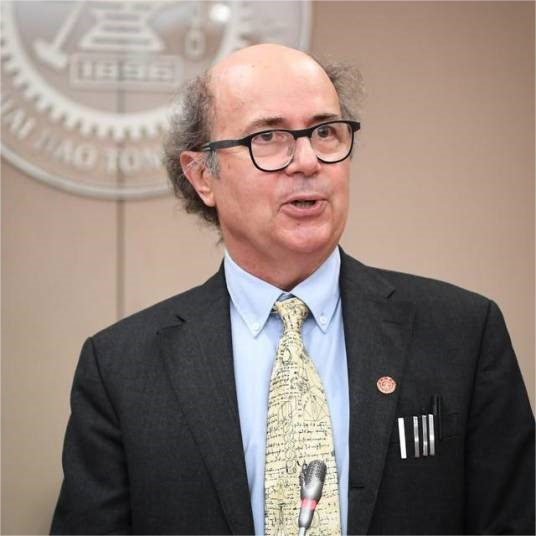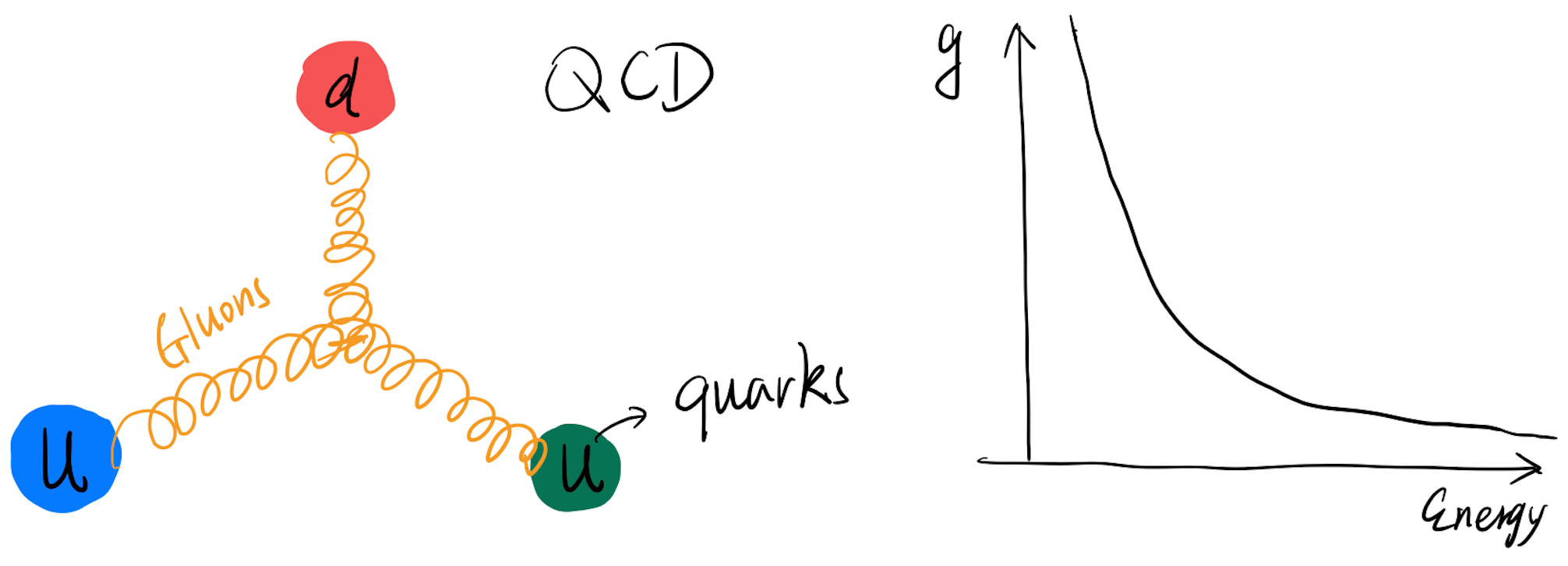
Speaker
Frank Wilczek,the Chief Scientist of Tsung-Dao Lee Institute, 2004 Nobel Laureate
Bio
Professor Frank Wilczek, the Chief Scientist of Tsung-Dao Lee Institute, 2004 Nobel Laureate, is considered one of the world's most eminent theoretical physicists. He is known, among other things, for the discovery of asymptotic freedom, the development of quantum chromodynamics, the invention of axions, and the discovery and exploitation of new forms of quantum statistics (anyons).
From Nov 8 to Nov 18, Professor Frank Wilczek will give lectures in Shanghai Jiao Tong university, Minhang campus. The lecture series are proper for interested graduate students, postdocs and faculties. You are welcome to attend the offline lectures, or watch the online live streaming.
Lecture description from Wilczek
The first lecture or two will be devoted to the confinement problem of QCD, leading including new ideas about flux tubes and their junctions (“treeons”), channeling flux, and a new approach to hadronic matter that these insights suggest.
The next 5-6 lectures will revolve around time reversal symmetry (T). This will lead us through the foundational work that establishes the “strong T problem” as a shortcoming of the standard model of fundamental physics. Topics include Kramers’ theorem, anomalies, instantons, and the deep structure of the standard model itself. Then I will discuss axion physics: how addressing the strong T problem leads us to introduce axions, their properties, their potential to make the “dark matter” of the universe, and the ongoing quest to detect the cosmic axion background experimentally. I will discuss in some detail the ALPHA project, which is one such effort, that brings in new ideas for resonator design, metamaterials, and quantum sensing. Then I will discuss how T violation manifests itself in laboratory experiments, both as a fundamental phenomenon and as an emergent characteristic of several interesting, technologically significant materials. Finally, in this series, I will discuss the established and potential role of T violation in biology, also touching on biological P violation as a interesting role model.
Finally, if time permits, I will discuss metastability in matter and cosmology; specifically, indicators of eventual decay that can be seen well before that happens (or not). This leads in several interesting directions …

Lecture information
Title: Advanced Topics in Theoretical Physics
Schedule:
| Date | Time | Venue |
| Wednesday (11.8) | 14:00-15:40 | East Middle Hall 1-106 |
| Thursday (11.9) | 14:00-15:40 | East Lower Hall 315 |
| Friday (11.10) | 14:00-15:40 | East Middle Hall 2-106 |
| Saturday (11.11) | 14:00-15:40 | East Middle Hall 1-106 |
| Wednesday (11.15) | 14:00-15:40 | East Middle Hall 2-106 |
| Thursday (11.16) | 14:00-15:40 | East Lower Hall 315 |
| Saturday (11.18) | 10:00-11:40 | East Middle Hall 1-106 |
| Saturday (11.18) | 14:00-15:40 | East Middle Hall 1-106 |

For online live streaming/reply(11.15-11.18):https://wx.vzan.com/live/page/2146711729?shauid=EYkuI8bEovdt3iP_UtDFRA**&vprid=0&sharetstamp=169959708505
For live reply(11.08-11.11):https://wx.vzan.com/live/page/1927364041?v=1699769530569
For offline attendees:https://wj.sjtu.edu.cn/q/6PvBTUZF
National online academy live broadcast main entrance (Only available to national online academy users):https://lexiangla.com/teams/k100011/lives?company_from=abf7054ca02811ebb5b232fb5fc09e82
National online academy course learning entrance(Only available to national online academy users):https://lexiangla.com/teams/k100011/classes/0a2e0e5281c811ee842c2a9abaec6547?type=1&company_from=abf7054ca02811ebb5b232fb5fc09e82
